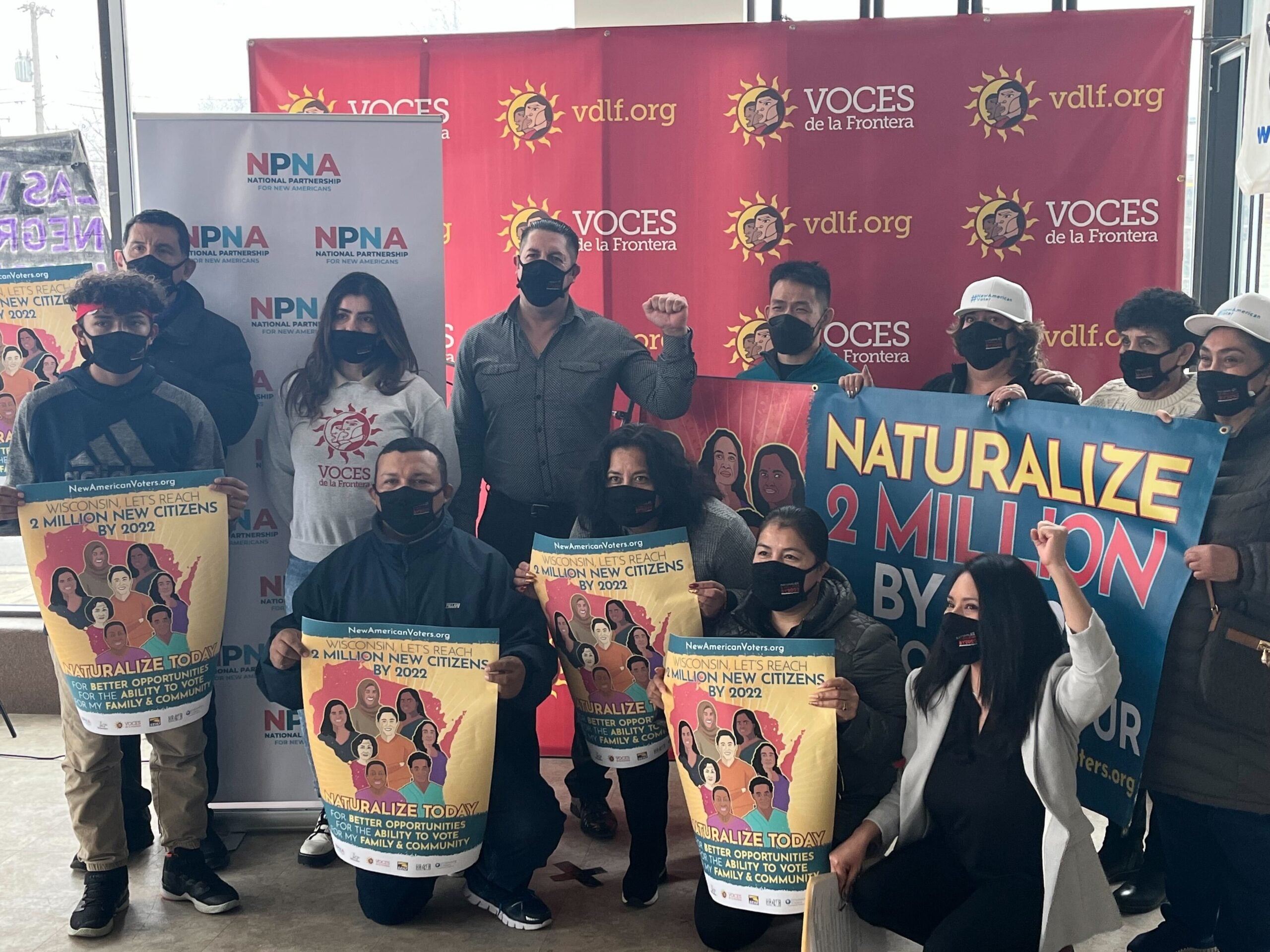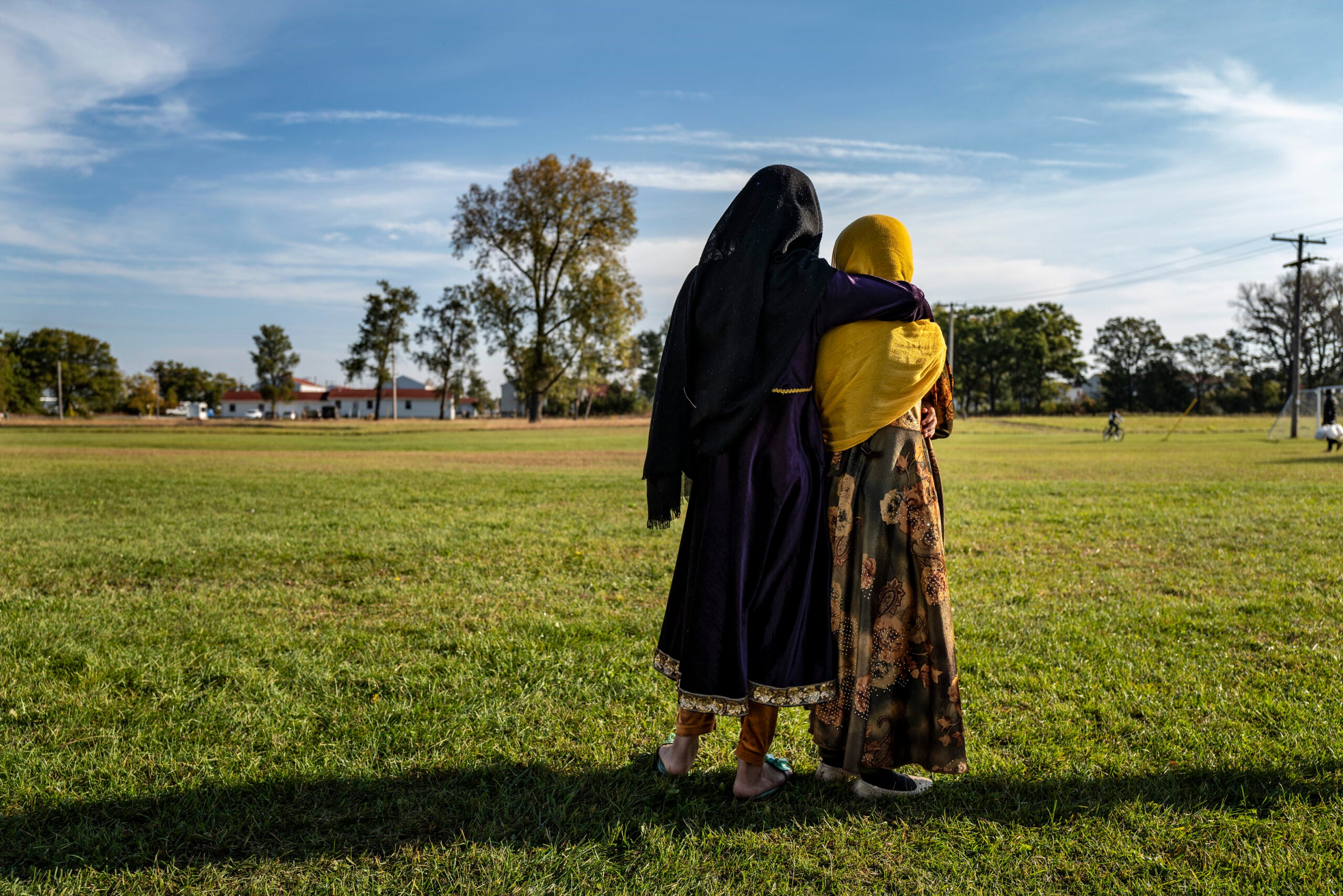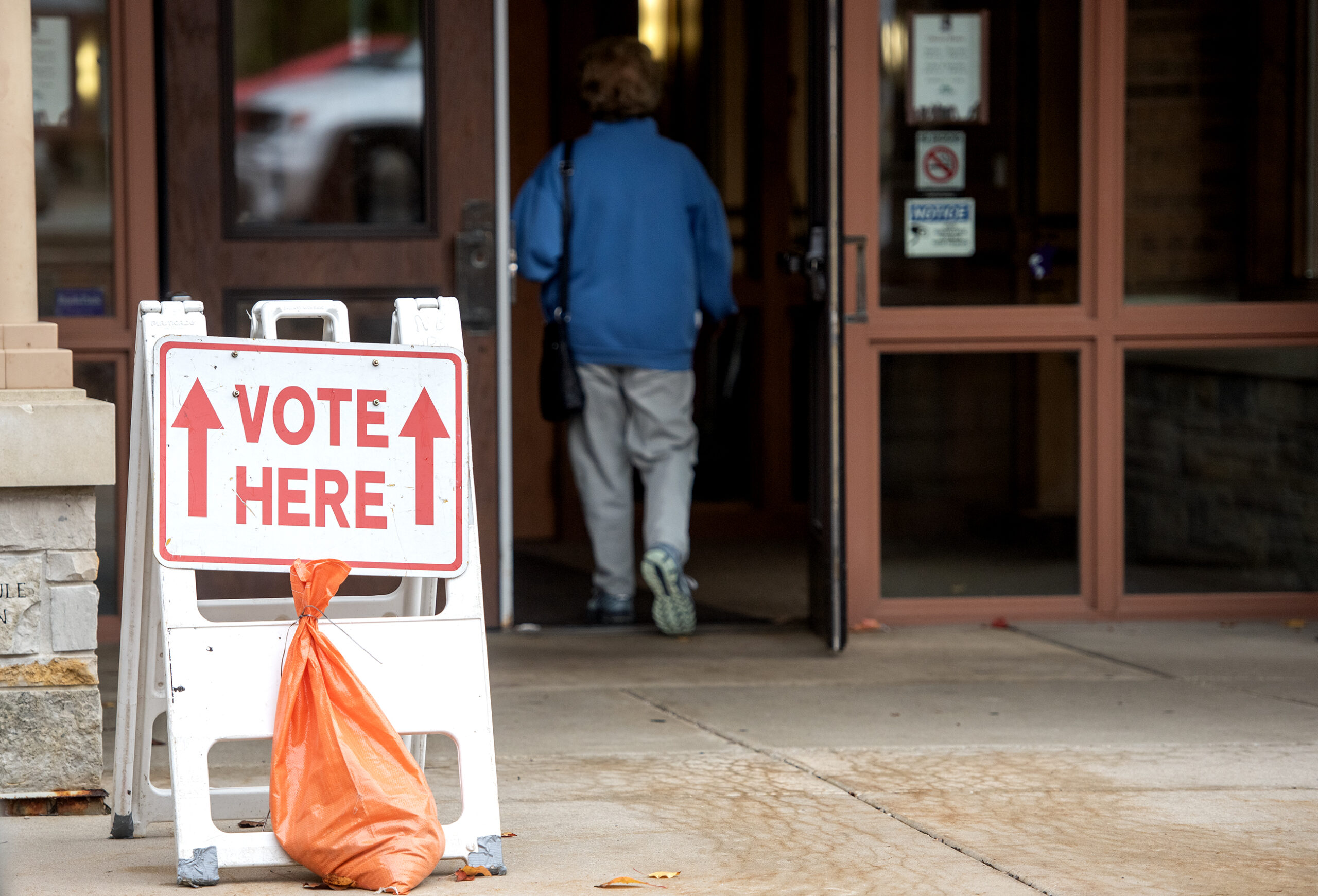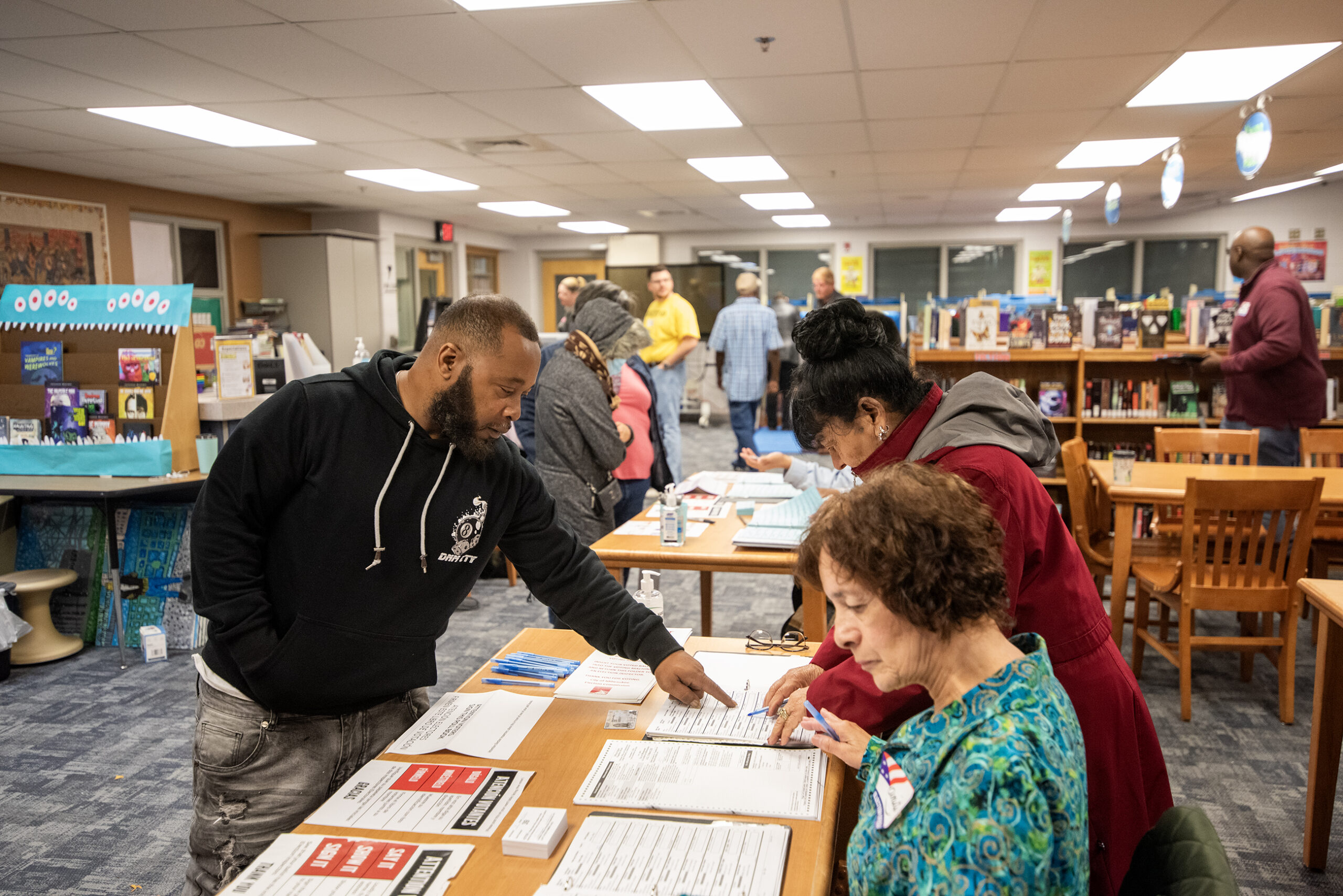There are more than 50,000 Wisconsin residents who are eligible to become naturalized citizens, and several advocacy groups in the state are pushing for them to do so by the end of the year.
Nancy Flores, deputy director with the National Partnership for New Americans, held a press conference in Milwaukee Tuesday as part of a national tour to encourage the estimated 2 million eligible residents nationwide to get their citizenship.
“Imagine a Wisconsin with 55,000 new voters. That’s something that could help us advance a lot of new things in our state,” said Flores.
News with a little more humanity
WPR’s “Wisconsin Today” newsletter keeps you connected to the state you love without feeling overwhelmed. No paywall. No agenda. No corporate filter.
Typically, immigrants are eligible for naturalization if they’re over 18 years of age and have been lawful permanent residents for at least five years. Those who are married to U.S. citizens or who have served in the U.S. military might have shorter time requirements. The naturalization process includes an English and civics knowledge test.
Rutilia Ornelas, who has lived in Milwaukee for 30 years, got her citizenship the day before the 2020 election. She urged people to not be intimidated by the citizenship exam and to get involved in politics at every level.
“Our voice is our vote, and we must continue to fight for all to become citizens,” she said in Spanish. “We must all choose — our president, our governor, our senators — all of us must support them, and choose them. Our voice is for everyone.”
In Wisconsin, the naturalization-eligible population is most concentrated in Milwaukee County, although there are large pockets in Dane, Brown and Marathon counties, according to the University of Southern California’s Center for the Study of Immigrant Integration. About 44 percent are Latino and about one-quarter each are white and Asian American or Pacific Islanders. The vast majority speak English well, very well or as their primary language. The populations vary in line with Wisconsin’s demographics while a majority of Brown County’s eligible residents are from Mexico, for example; in Marathon County, nearly 75 percent are of Asian origin.
Another local organization that works with immigrant communities, the Hmong American Women’s Association, has helped eligible residents file over 220 naturalization applications since 2019, according to the organization’s civic engagement director Paul Vang. He said the group has also helped register 80 of those who were able to get citizenship register to vote and cast their first ballot.
“We continue to see a high demand for these services within our southeast Asian community, and it is apparent that many more in our community are ready to naturalize,” he said.
Ramon Argandona, a member of the SEIU Healthcare Wisconsin union and a resident who came from Peru more than 20 years ago, said he has voted in every election — from local school boards to presidential elections — since he became a naturalized citizen.
“Since I’ve become a citizen, I have been very, very proud because I had the opportunity to elect representatives who support our demands, and who also recognize our values as human beings, and our contribution to the economy of this great country,” he said. “United as a community, no matter the color of your skin or where you’re coming from, we are powerful.”
Wisconsin Public Radio, © Copyright 2026, Board of Regents of the University of Wisconsin System and Wisconsin Educational Communications Board.






